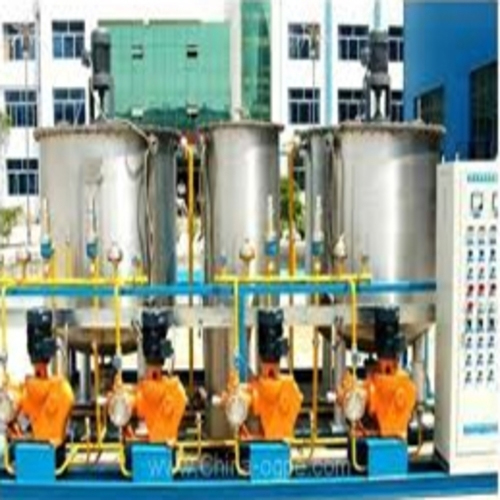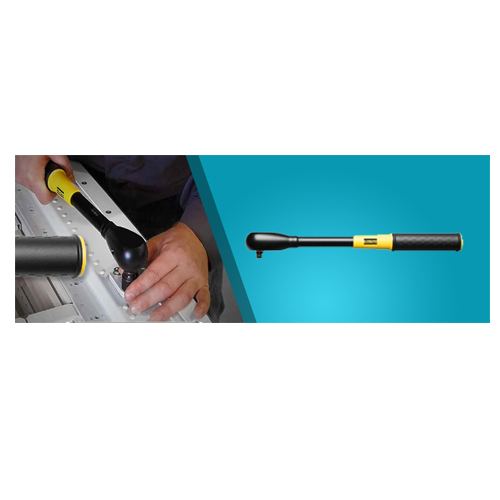Schedule a Call Back
AC-Operated vs. DC-Operated LVDT Linear Position Sensor
 Industry News
Industry News- Aug 06,13
When initially introduced fifty years ago, all LVDT linear position sensors were AC-operated and required external oscillators, carrier amplifiers, demodulators and filers to operate.
The introduction of high-density microelectronics enabled the incorporation of signal conditioning and processing functions inside the LVDT housing rather than requiring an external box. The DC-operated LVDT maintains all the desirable characteristics of the AC-operated LVDT, but has the simplicity of DC operation. It is comprised of an AC-operated LVDT and a carrier generator/signal conditioning module.
So why haven't DC-operated linear position sensors replaced the original AC-operated versions? While DC-LVDTs eliminate the need for calibration and additional equipment, AC-LVDTs continue to possess their own set of benefits.
AC-operated linear position sensors offer unlimited mechanical and electrical life. The absence of friction and contact between the coil and core means there is nothing to wear, resulting in infinite mechanical life that is important in high reliability mechanisms and systems. The frictionless operation of the LVDT combined with the induction function by which it operates, provides for truly infinite resolution, with the only limitation on resolution posed by the readability of the external electronics.
Without the need for internal electronic components, AC-LVDTs can be offered in smaller package sizes to fit in compact locations. AC units also have better shock and vibration resistance and can operate over higher temperature ranges.
With special packaging and high-temperature materials, working temperatures of an AC-LVDT can range from -200?C to 500?C. The DC-LVDT, on the other hand, is limited by the properties of the materials in the electronic signal-conditioning module. DC-LVDTs can operate at temperatures as low as -40?F, if the temperature remains nearly constant.

For applications where sensors must operate in extreme temperatures, the sensing element of an AC-operated LVDT can be segregated from the electronic circuitry. Connected by long cables up to 100 feet (31 metres), AC-operated LVDTs can work with remotely-located electronics that power the sensors, amplify and demodulate their output.
Output is, then, displayed on a suitable readout and/or inputted into a computer-based data acquisition system for statistical process control. For applications requiring an AC-operated sensor and separate electronics, push button zero and span controls and improved software reduce the time and expense associated with calibration.
AC-operated linear position sensors can be constructed from a host of materials that enable reliable performance in environments with high temperatures or mild radiation exposure. Users can also choose among stainless steel, Inconel, Monel, Titamium and Hastelloy to offer greater pressure and corrosion resistance when operating under very hostile chemical conditions or even under water.
The DC-operated LVDT, on the other hand, can eliminate the volume, weight and cost of conventional external AC excitation, demodulation and amplification equipment. Using ASIC and microprocessors, internal electronics can provide for more complex processing functions as well as signal conditioning within the sensor housing. As there is need for calibration or reliance on amplification equipment, setup time is reduced as well as overall system cost.
DC-operated LVDTs also can produce digital outputs directly compatible with computer-based systems and standardized digital buses, which is desirable in metrology applications. Other industrial customers are beginning to implement this control in their plants to improve control and reduce cabling. DC-operated LVDT linear position sensors, those with built in electronics, have become much more popular, especially with younger engineers.
Related Products

Ozone System
Omnicorp Environs & Infratech Co offers a wide range of ozone systems.

SWR ’Slipping’ Wrenches
Reliable
Trade Links offers a wide range of SWR ’slipping’ wrenches.

Gripping Systems – Rgg
Schunk Intec India Pvt Ltd offers a wide range of Gripping Systems – RGG - cleaning
device with shank interface.

















